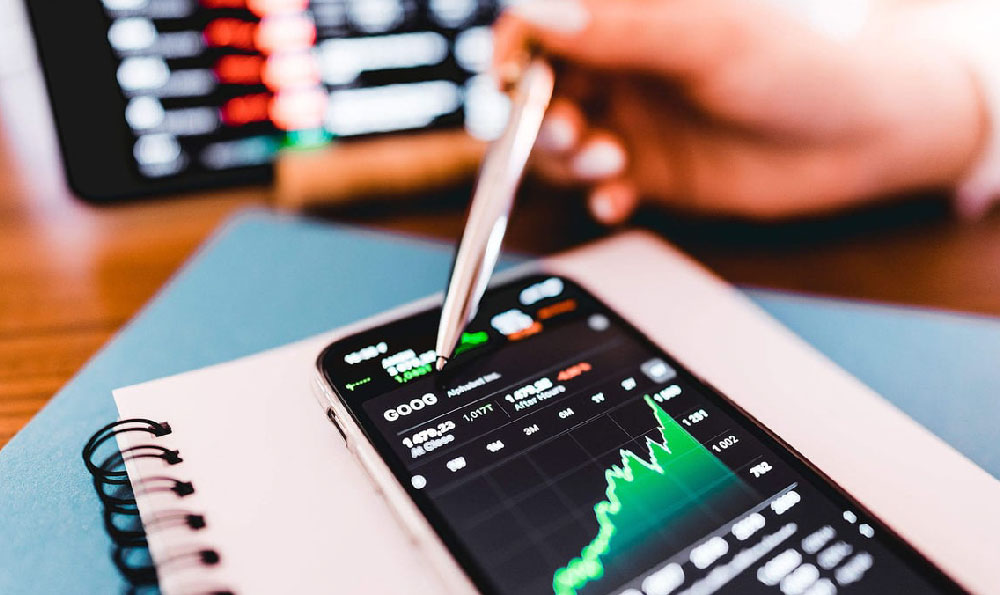
Ripple and its native cryptocurrency, XRP, occupy a unique and often controversial space within the digital asset landscape. Whether XRP is a "worthy investment" is a complex question that requires a nuanced understanding of the technology behind Ripple, the regulatory challenges it faces, its potential use cases, and the overall market dynamics. Jumping into an XRP investment without considering these factors is akin to navigating uncharted waters without a compass – potentially rewarding but fraught with risk.
At its core, Ripple aims to improve the efficiency and cost-effectiveness of cross-border payments. Traditional international money transfers can be slow, expensive, and involve multiple intermediaries. Ripple proposes a more streamlined solution using its RippleNet network, which connects banks and payment providers. XRP acts as a bridge currency, facilitating faster and cheaper transactions by eliminating the need for pre-funded nostro accounts. In theory, this offers a significant advantage over legacy systems like SWIFT.
However, the practical implementation and adoption of XRP are where things get complicated. While RippleNet boasts partnerships with numerous financial institutions, many of these partnerships utilize Ripple's technology without necessarily employing XRP. This is a crucial distinction. The value proposition of XRP as an investment is directly tied to its widespread adoption as the preferred currency for cross-border settlements within RippleNet. If institutions predominantly use Ripple's other services without requiring XRP, the demand, and therefore the price, of XRP could be limited.

Adding another layer of complexity is the ongoing legal battle between Ripple Labs and the U.S. Securities and Exchange Commission (SEC). The SEC alleges that XRP was offered and sold as an unregistered security, a claim that Ripple vehemently denies. This lawsuit has cast a long shadow over XRP, creating significant uncertainty and impacting its price. A favorable outcome for Ripple could significantly boost investor confidence and lead to increased adoption, while an unfavorable ruling could have detrimental consequences. This legal overhang is arguably the single biggest risk factor associated with XRP investment.
Beyond the legal challenges, the competitive landscape for cross-border payments is becoming increasingly crowded. Other cryptocurrencies, stablecoins, and even traditional payment providers are actively developing and implementing their own solutions. This increased competition puts pressure on Ripple to continuously innovate and demonstrate the superior value proposition of XRP. Simply being first to market is no longer a guarantee of long-term success. Sustained adoption and a clear competitive advantage are essential.
To assess the potential of XRP as an investment, one must delve into the technical aspects of the XRP Ledger, the blockchain that powers XRP. The XRP Ledger is known for its speed and scalability, capable of handling a high volume of transactions quickly and efficiently. This is a crucial requirement for facilitating real-time cross-border payments. However, the XRP Ledger operates on a different consensus mechanism than many other blockchains, which has sparked debate about its decentralization and security. While the XRP Ledger is technically decentralized, Ripple Labs holds a significant amount of XRP, raising concerns about potential market manipulation and centralization of influence.
Furthermore, understanding the tokenomics of XRP is essential. The total supply of XRP is fixed, meaning there is no inflation built into the system. However, Ripple Labs periodically releases XRP from its escrow accounts, which can impact the supply and price of XRP. Transparency around these releases is crucial for maintaining investor confidence. It is incumbent upon prospective investors to understand the schedule and rationale behind these releases to avoid being caught off guard.
Before considering an investment in XRP, conduct thorough due diligence. Examine Ripple's partnerships, read industry reports, follow the SEC lawsuit closely, and understand the technical aspects of the XRP Ledger. Don't rely solely on social media hype or anecdotal evidence. Consider your own risk tolerance and investment horizon. XRP is a volatile asset, and its price can fluctuate significantly based on news events and market sentiment. Only invest what you can afford to lose without significantly impacting your financial well-being.
Avoid common investment pitfalls such as "FOMO" (fear of missing out) and emotional trading. Don't be swayed by short-term price spikes or promises of guaranteed returns. Develop a well-defined investment strategy and stick to it. Diversification is also crucial. Don't put all your eggs in one basket. Spread your investments across different asset classes to mitigate risk.
In conclusion, whether XRP is a "worthy investment" depends on your individual circumstances, risk tolerance, and investment goals. There is no one-size-fits-all answer. While Ripple has the potential to revolutionize cross-border payments, XRP faces significant regulatory challenges and competition. A successful investment in XRP requires a thorough understanding of these factors, a long-term perspective, and a willingness to accept the inherent risks involved. Treat it as any other high-risk, high-reward investment and proceed with caution, guided by knowledge and sound judgment. Remember, the key to successful investing, especially in volatile markets like the cryptocurrency space, is to be informed, disciplined, and patient.